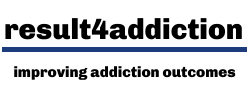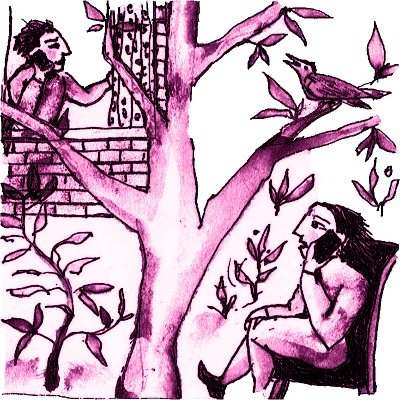Network building
What is it all about?
Addiction treatment is a journey which is often conducted one to one. NICE guidance and evidence of effectiveness suggest we should be practising in a social context to get better outcomes. Wherever possible, we should involve family and friends in treatment - build a network of people looking out for each other…
Involvement of family and friends is at the heart of Integrated Social Behaviour and Network Therapy (iSBNT). More interventions than you might think use these principles: Twelve Step programmes, SMART groups, residential rehabilitation for example.
It is very much in the agency’s and the therapist’s interests to have family and friends supporting treatment. Where they are excluded there is scope for negative attitudes to develop and undermine the treatment effort or in extreme cases invoke complaints.
Key practitioner skills
It is best to introduce the idea of network therapy at the first contact when a supportive person may also be present. Practitioners need to have...
① An ability to explore possible network members: understand who is suitable and who is not
② An ability to respond to a service user saying there is nobody who cares for them
③ An ability to define, in a positive way, the role of an unsuitable person outside of the network
④ A willingness to approach possible network members with or for the service user
⑤ An ability to overcome likely resistances from possible network members
Always remember the therapist’s mantra…
✔︎ Where are you now?
✔︎ Where do you want to be?
✔︎ Who is going to help you to get there?
✔︎ What will everyone be doing that is going to be helpful
✔︎ How shall we know whether this worked?
This is how to do it…
In these video clips Gillian Tober demonstrates how to build the network. The style and language used is down to the therapist. The first video demonstrates the essentials of getting started with iSBNT; the second is a discussion about the key points; and the third is a demonstration of engaging a potential network member…
The essentials of building a social support network
Discussion of key network buildingpoints
How to engage with a new network member
To get started it is useful to draw a network map which might look something like this one. Here is a list of people you might think to include:
Family, including those who have not been seen for a long time or who live far away
Friends, including neighbours, lost contacts and godparents
Workmates or colleagues
People who have helped in the past
People who share activities or interests
People who share religious worship or belief
Casual acquaintances seen during day-to-day activities
Social or health care workers who have been helpful
There are no rules about how to draw the map: some practitioners like to add more information such as how people get on together, in what ways they could help, and so on.
It is a good idea to give take-home-tasks between treatment sessions. You might want to use the Networking Task as a way of preparing for the work demonstrated in the videos, and to consolidate after discussing what it is all about with your service user.
This is what you need to know…
Choosing the right people to be in a support network is key to its working well. Stability, concern and commitment as well as respect for each other are the building blocks of a strong network. Stability in their own lives means an absence of drug, alcohol or mental health problems and underlies the ability to make a commitment.
Being concerned about each other in a mutually respectful way is another cornerstone to making a firm commitment. Working on helpful communication styles and enjoyable activities as well as daily routines make up the bulk of the conversations.
Good outcome check list...
✔︎ Did you recruit a network?
✔︎ Did at least one network member come to every session?
✔︎ Did your network members spread the tasks that were needed?
✔︎ Did you finish your intervention with the network still going?
✔︎ Did you get a positive Working Alliance (WAI) rating?




